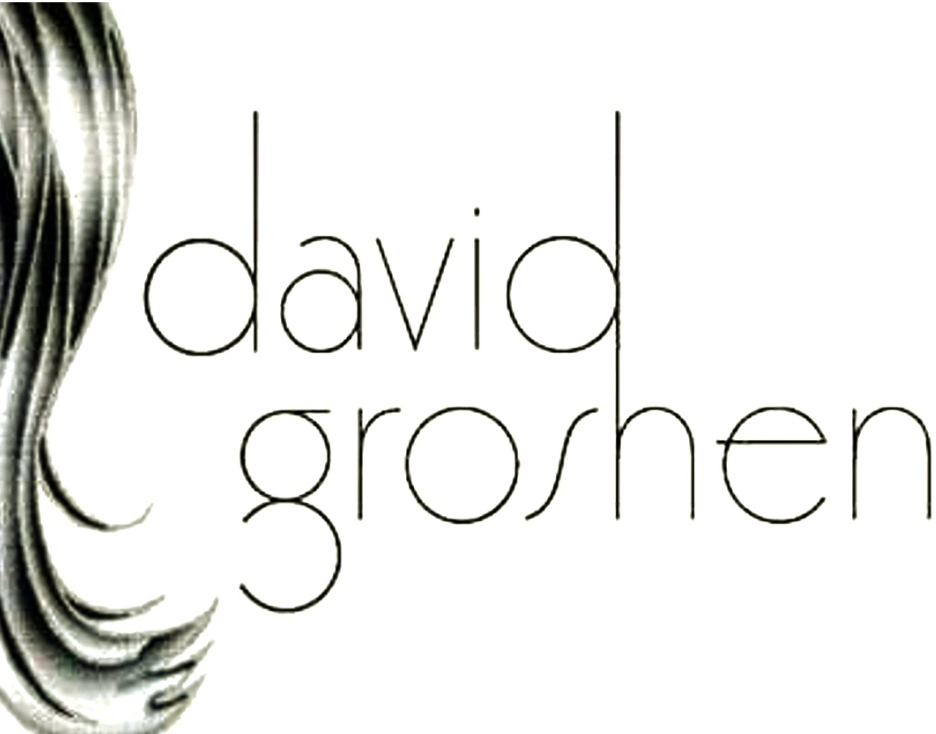Hair Color Dictionary
This dictionary will help you to understand key terms used by your hair colorist.
Activator: Oxidizer added to increase strength by adding hydrogen peroxide.
Ammonia: Active in opening up cuticles to allow the color molecules to penetrate into cortex. The higher the ammonia level, the more the cuticle is opened.
Balayage: A free-form technique that involves painting a lightener directly on hair to enhance a style or for in-between highlight touch-ups.
Base color: Dominant tone of hair.
Booking time: Time needed for salon service.
Bleach: Lightning agent used to lighten or de-pigmatize hair. Removes color molecules from hair.
Brighten/intensify: To lighten half a layer and deposit a complimentary tone. Generally with demi-permanent color or soft highlights.
Color Type: The color that most compliments your skin.
- Warm/Spring: Bright and clear yellow undertones compliment spring’s
- best. Primary color: yellow.
- Warm/Autumn: Warm with gold and orange undertones. Earth tones. Combination of primary colors: yellow and red that make gold.
- Cool/Summer: Soft, cool with violet blue undertones.
- Combination of primary colors: blue and red.
- Winter: Vivid clear and icy with pure blue undertones.
Color filler: Replacement pigments/color molecules used to rebuild the
hair pigment lost due to sun or prior colorings, to create even shading prior to color.
Color or tint removers: Products used to remove artificial pigment from the hair.
Colorist: Person trained to apply hair color.
Complimentary colors: Primary, secondary or tertiary colors that support each other and are adjacent to each other on the color wheel, (ie. yellow would be a complimentary color to gold).
Consistency:
- Evenness of tone or hair color.
- Thickness or viscosity of color product applied.
Contributing pigment or remaining pigment: Pigment that comes out when hair is lightened. It can also be called an undertone.
Cortex: Middle of three layers of the hair, which contains the melanin where hair color exists.
Coverage (100% complete coverage): Refers to the amount of grey that can be covered. For example, permanent color is 100%, demi-permanent is approximately 70%, semi-permanent is 50% coverage.
Cuticles: The first of three layers in the hair.
Delivery method: The method chosen to apply color (i.e. bottle brush, foil technique, balayage).
Demi-Permanent color: Color with little or no peroxide or ammonia, used mostly to deposit color. Also used to lighten hair for shading.
Developer: Oxidizing agent added to hair color to develop color molecules and create a color change in the hair. It is generally 20 volume for permanent, 5 volume for demi-permanent.
Deposits: Color molecules entering the cuticle that create a change in color or tone.
Dramatic: A change in hair color, lightness, brightness, or tone that alters the way we see ourselves or how we are seen.
Double Process Coloring: Coloring process that involves two steps: 1) prelightening of the hair, 2) depositing of color and tone.
Duration (color duration): The amount of time a color lasts.
Enhance: To bring out someone’s features using coloring technique by changing the hair color in lightness, brightness or tone.
Features: Bone structure, eyes, mouth, neck, cheekbones, etc. that hair stylists want to draw attention to.
Foil technique: Highlighting technique using foils to keep color separate from the rest of hair, used to lighten and enhance styles and overall color.
Foundation: Color left in the hair after it goes through ten stages of decolorizing.
Formula: Color or combination of colors used in dyeing hair.
Free-hand highlights: see Balayage.
Frequency (Frequency of Application): The average time in between coloring.
Hair color: Color of hair created by nature.
Haircolor: Professional term referring to artificial hair color products and services.
Hair lightening: Chemical process involving defusing or the taking away of the natural color pigment or artificial color of the hair, bringing the hair to a lighter level.
Highlights: Lightening of individual strands of hair to add the illusion of sheen and depth and create movement.
Highlighting shampoos: Mixture of shampoo and peroxide to slightly lighten hair color.
Highlighting shampoo tints: Hair colors mixed with hydrogen peroxide and shampoo used for subtle changes in hair or when the hair is very reactive to color.
Intensity (color intensity): Strength of color tone.
Law of color/Universal law of color: All colors are created from the three primary colors-yellow, blue, and red.
Level: Unit of measure used to identify the lightness and darkness of hair color.
Level system: Scale of one to ten, one being darkest, ten being lightest, of hair color.
Lightness: Products with chemicals used to decolorize or lighten the hair.
Line of demarcation: The visible line that appears when hair grows out, separating colored hair from new growth.
Lowlights: Depositing color into separate strands of hair, creating dimension and movement. Also used to decrease the amount of grey visible in hair.
Maximum Lift: The amount of lightening possible in different hair coloring techniques. For example, single process has four levels of lift, demi-permanent has a half level of lift, double-process can lighten hair ten levels.
Medulla: The center of the hair shaft.
New growth or re-growth: The amount of uncolored new hair that grows in after the hair is colored.
Patch test: Test usually given in the crux of the elbow or behind the ear to test for sensitivity or allergies to any product used on thescalp.
Penetration: The degree of entry gained by color as it enters the three levels of the hair shaft.
Permanent hair color: Hair color containing ammonia and peroxide that creates a sustained change in the hair and penetrates all three layers of the hair.
Peroxide (AKA. developer or hydrogen peroxide): Ranges from 100% to 1% to enhance lightening and oxidation in the hair shaft to remove hair color or deoxidize the hair.
Pigment: Melanin Protein bonds found in the cortex (the middle layer of the hair) that gives hair its color.
Primary colors: Red, yellow, and blue. All colors are created from these three.
Range (color range): Refers to the seasonal color chart and the colors
that compliment your skin to make it look its best. Yellow: spring; gold/red/yellow combination: autumn; blue: winter; blue/red combination: summer.
Resistant: Stubbornness in hair, which inhibits penetration of products or chemicals, limiting the change or slowing the process of hair coloring. This can also occur from the over-coloring or over-depositing of hair color.
Secondary colors: They are created by adding equal parts of one primary color to another primary color.
Semi-Permanent: Hair color that partially penetrates the cuticle and is partially washed out after each shampoo.
Shade: An increment of measure in each level of hair color. There are 4 shades in each level.
Single-process hair color: Refers to coloring that colors and or lightens hair in one step.
Soften: To lighten hair less than one level.
Sun-kissed: Highlighting created by the sun or subtle highlights imitating those created by the sun.
Technique or special effects hair color: Form of application, such as balayage, foil, or single-process.
Temporary Color: Non-permanent color that doesn’t penetrate the cuticle, allowing it to be removed by shampoo.
Tertiary colors: Combination of primary and secondary colors, such as red and green (mixture of yellow and blue).
Tone: The warmth or coolness of the hair.
Toners: Any hair color applied to lightened hair to achieve specific shades and levels of hair.
Touch up: The application of hair color to re-growth.
Ultra-dramatic: An extreme change in color more than four levels, and generally a combination of highlights and lightening or darkening.
Virgin application: First time hair is tinted.
Weaving:
When you separate strands, apply color to them and keep them separate from the rest of the hair.

